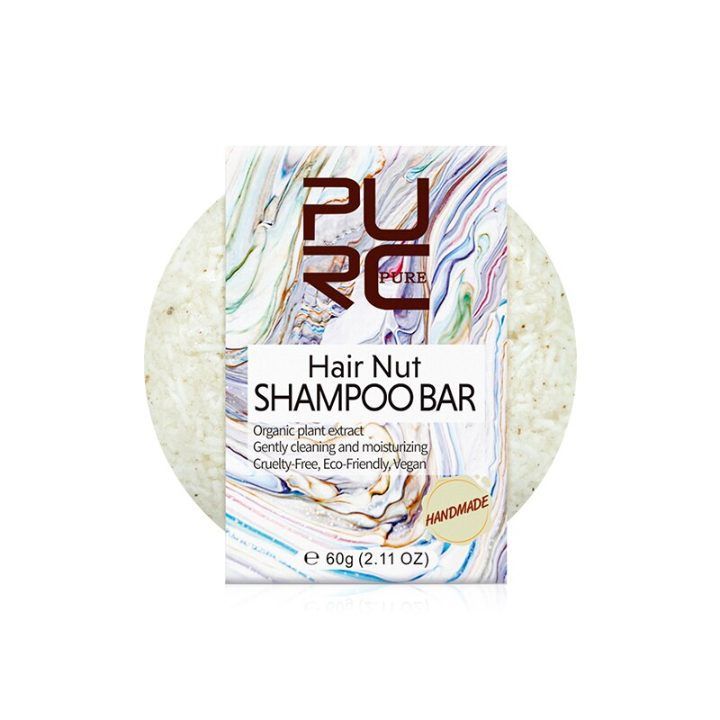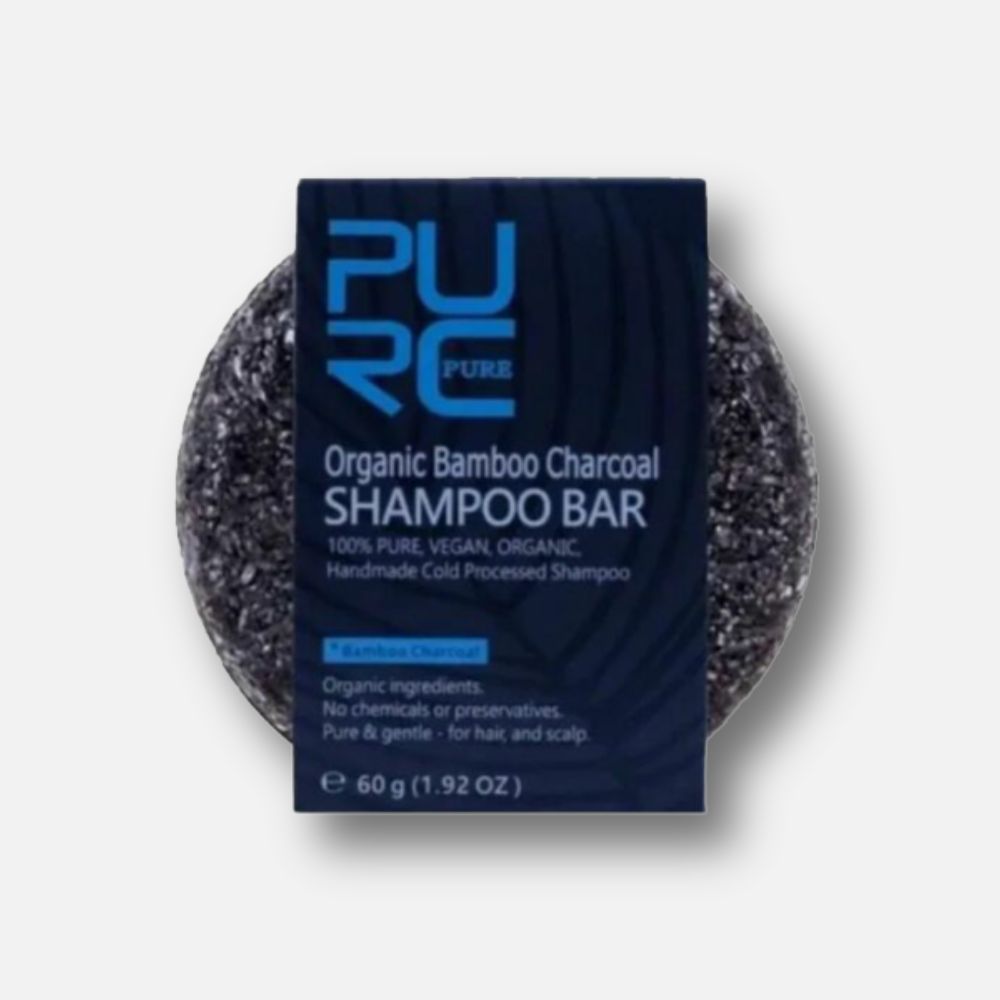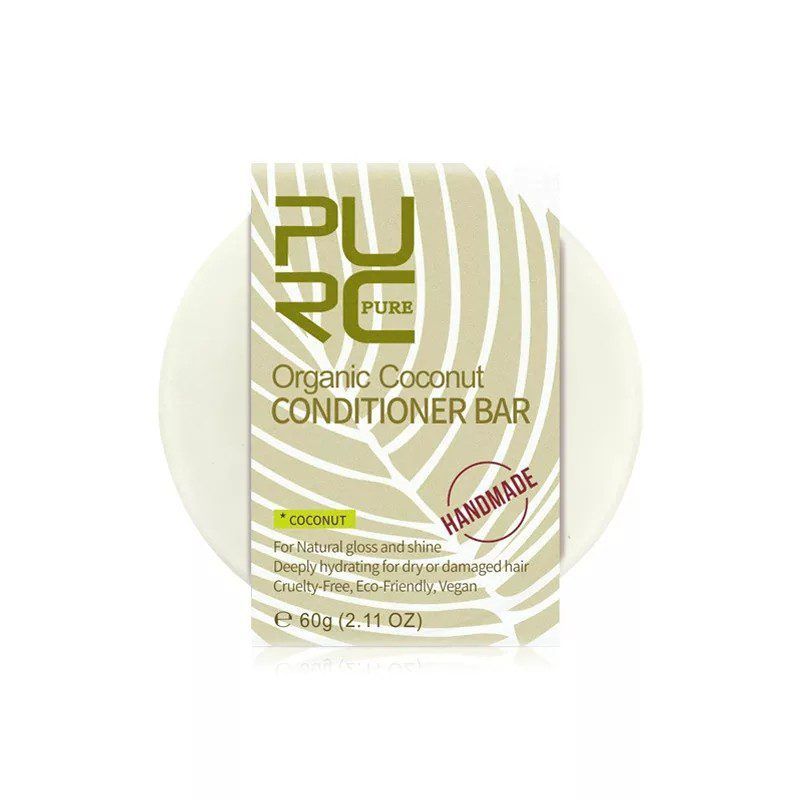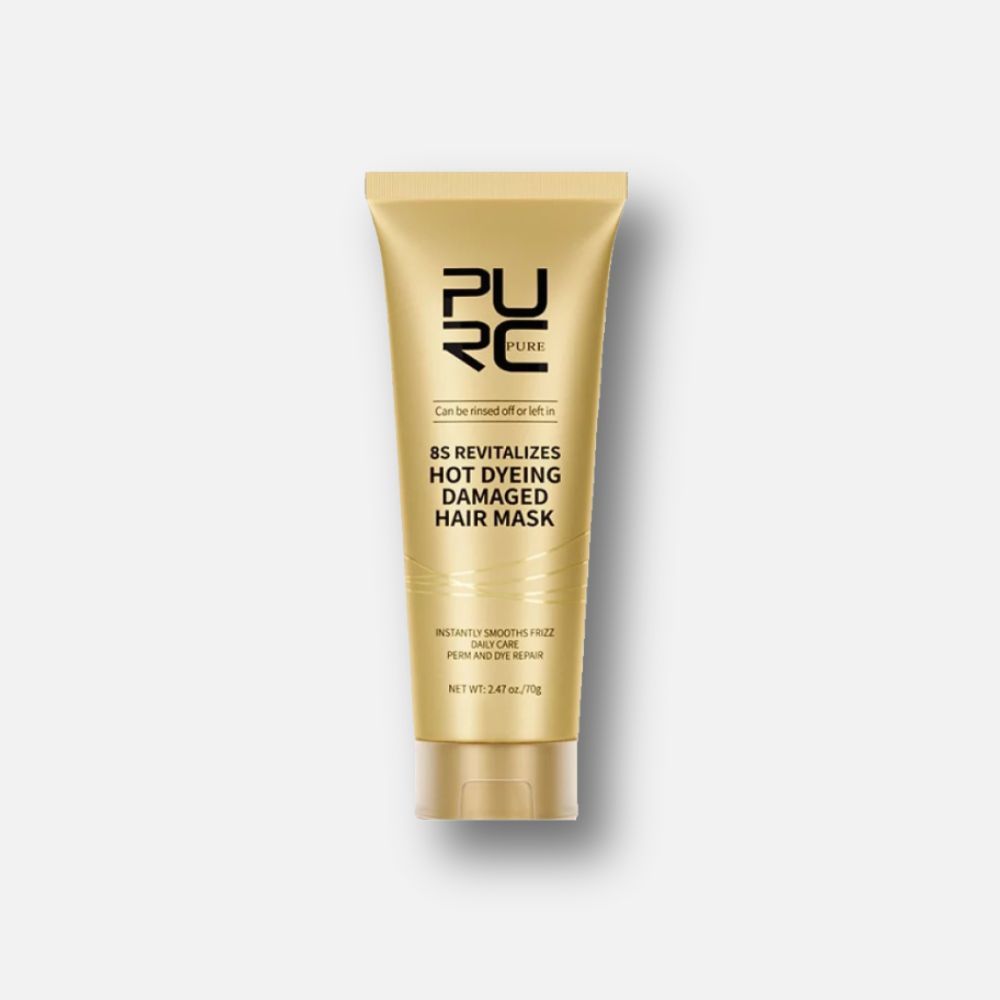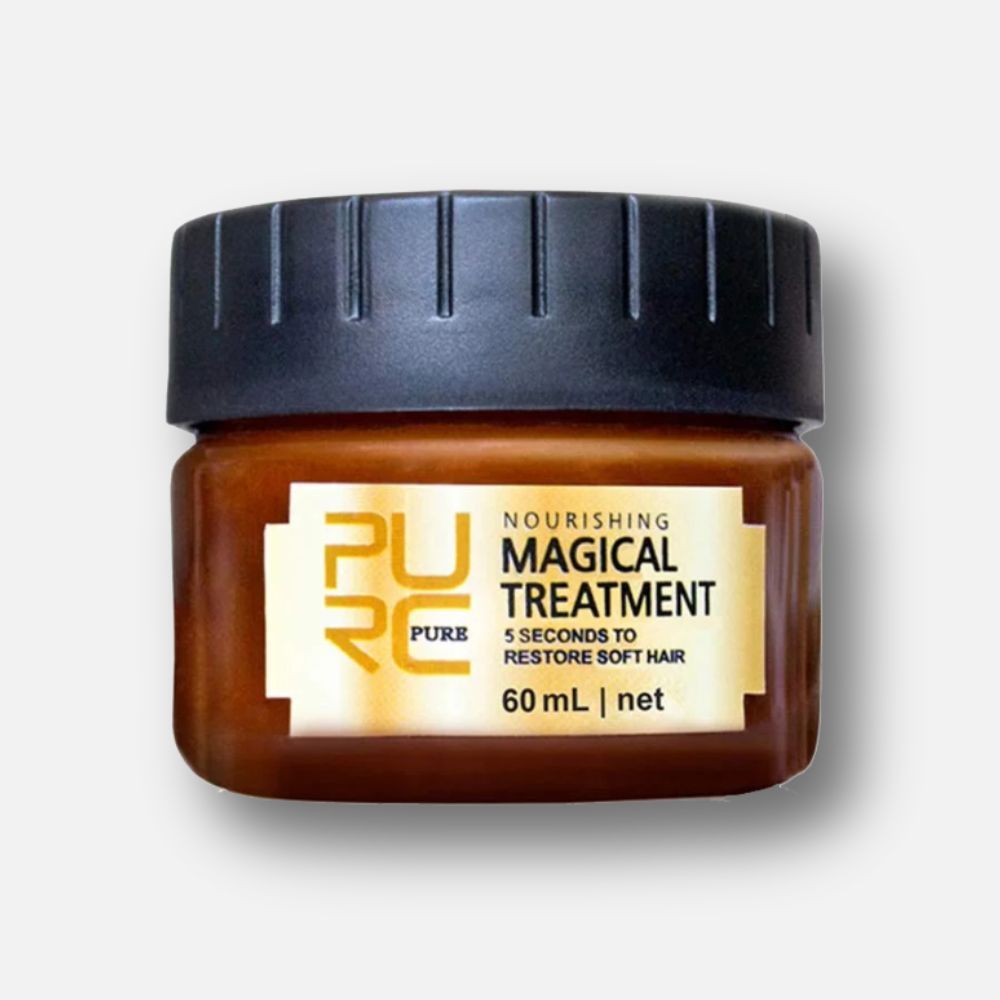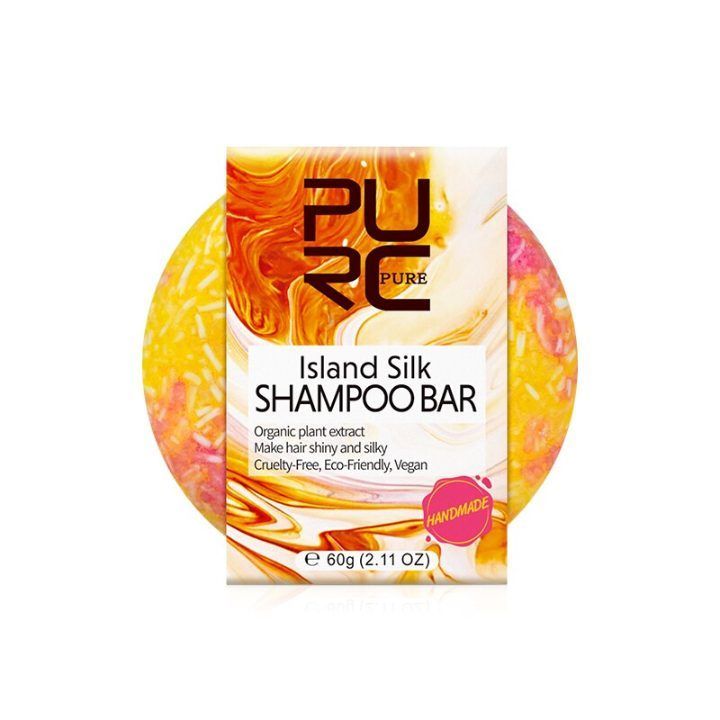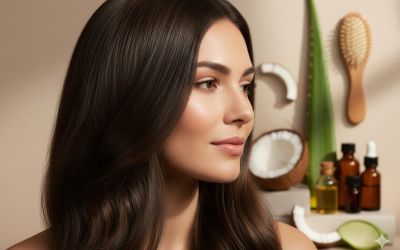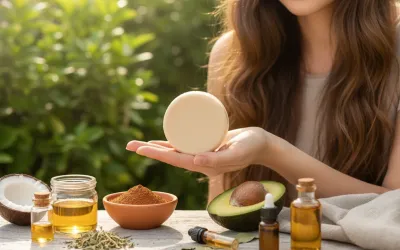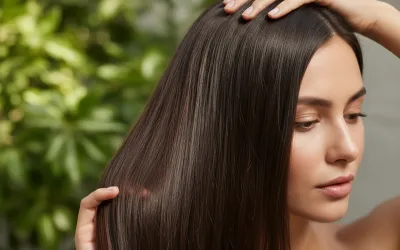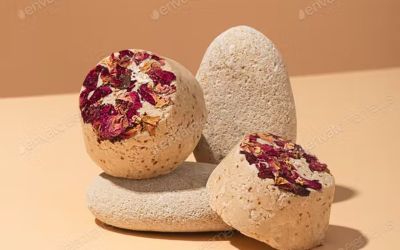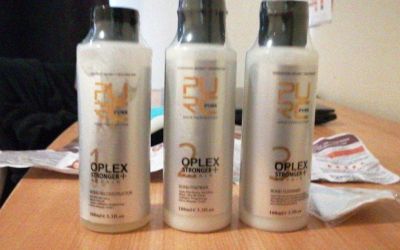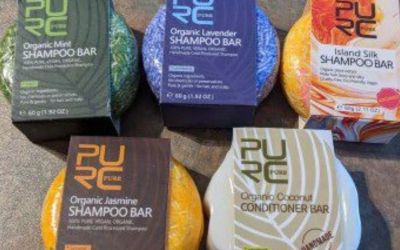
Green Brands & A Sustainable Lifestyle
With the growing environmental issues on the planet, as humans, it is our utmost responsibility to reduce them, if we cannot completely eliminate them. Due to ongoing consumption of the earth’s resources, scientists are finding it difficult to combat challenges like global warming and CO2 emissions. Either we find a better and greater sustainable lifestyle to protect the ecological aspect of the world or we will perish sooner.
What are green brands? To answer that question, green brands aim for zero waste production to protect the environment. They aim for the minimalism of production of such harmful materials.
How Can Brands Make A Difference?
1. Set An Example
Because more consumers are demanding ecologically friendly products, companies who do not follow pace will see their profits drop. When we all work together to promote green brands, we are putting pressure on those who are still using environmentally destructive and unethical practices to make the required adjustments in their business ethos.
A lot of brands have undertaken concerted efforts to reduce their carbon footprint across their supply chain. No aspect of the product’s sustainability is disregarded, from the gathering of natural resources to the packing and final disposal of the finished product.
2. Preserves Natural Resources
We are all aware that our world’s natural resources are depleting at an alarming rate. This should be enough to motivate us to take measures to better manage our limited resources.
By actively participating in this preservation effort, we are assisting in the reduction of waste and the management of our planet’s resources. This will leave a lovely and clean environment for future generations to enjoy.
3. Environmental Friendly Household
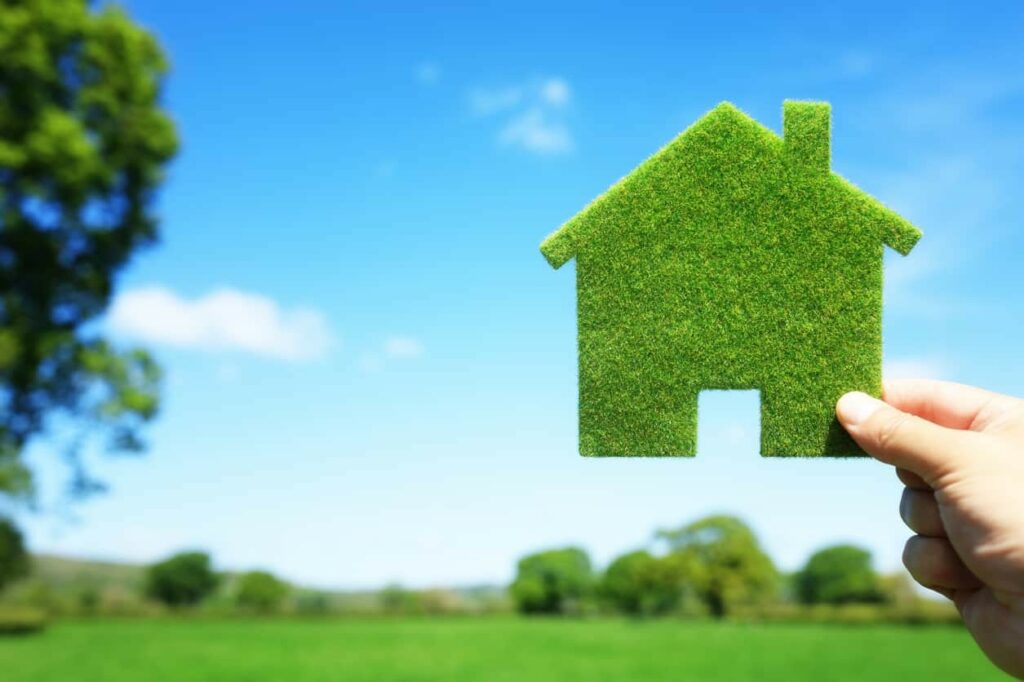
Many of our household technologies may meet our basic requirements, but they also have the potential to harm our health and the environment in the long run.
Several items nowadays need an excessive amount of resources to manufacture and cannot be disposed of in an ecologically responsible manner, for example, Detergents, preservatives, and foaming agents are among the most harmful chemicals to the environment. Toilet paper rolls require a lot of trees to be cut down. A tonne of paper rolls takes at least 17 trees and 90,921 gallons of water. Because a typical individual consumes 100 rolls of toilet paper a year, this is not a practise that can be sustained.
Alternative energy sources such as solar thermal are another option for moving to a more eco-friendly Rather than utilising gas or oil, a solar thermal panel uses the sun’s heat to boil water, generating electricity without any combustion.
4. Opt For Cleaner Alternatives
There is no greater approach to persuade someone to live a more sustainable lifestyle than to set a good example. Anyone in the house has the potential to become an excellent example of that. Teach your children the importance of being attentive while making purchasing selections if you are a grownup.
If you’re a responsible adolescent, do everything you can to spread the word about the necessity of sustainable living to your peers. When purchasing clothing, electronics, beauty, and other items, examine how they are created and how they will harm the environment when discarded.
What Is Sustainability?
For any person thinking about adopting a more sustainable lifestyle, it is critical to understand what the term “sustainable” means. The ability to survive and expand without diminishing natural resources for the future is referred to as sustainability.
In the Brundtland Report, the United Nations defined sustainable development as development that satisfies the requirements of the present without jeopardising future generations’ ability to meet their own needs. It assumes that resources are finite and should be used sparingly and wisely to guarantee that there is enough for future generations while not reducing current quality of life. A sustainable society must be socially accountable, with an emphasis on environmental preservation and dynamic balance in human and natural systems.

How To Begin
Because we should begin at home, we should begin by using sustainable household items. Let us look at some ecologically friendly and long-lasting items.
1. Bamboo Bottle
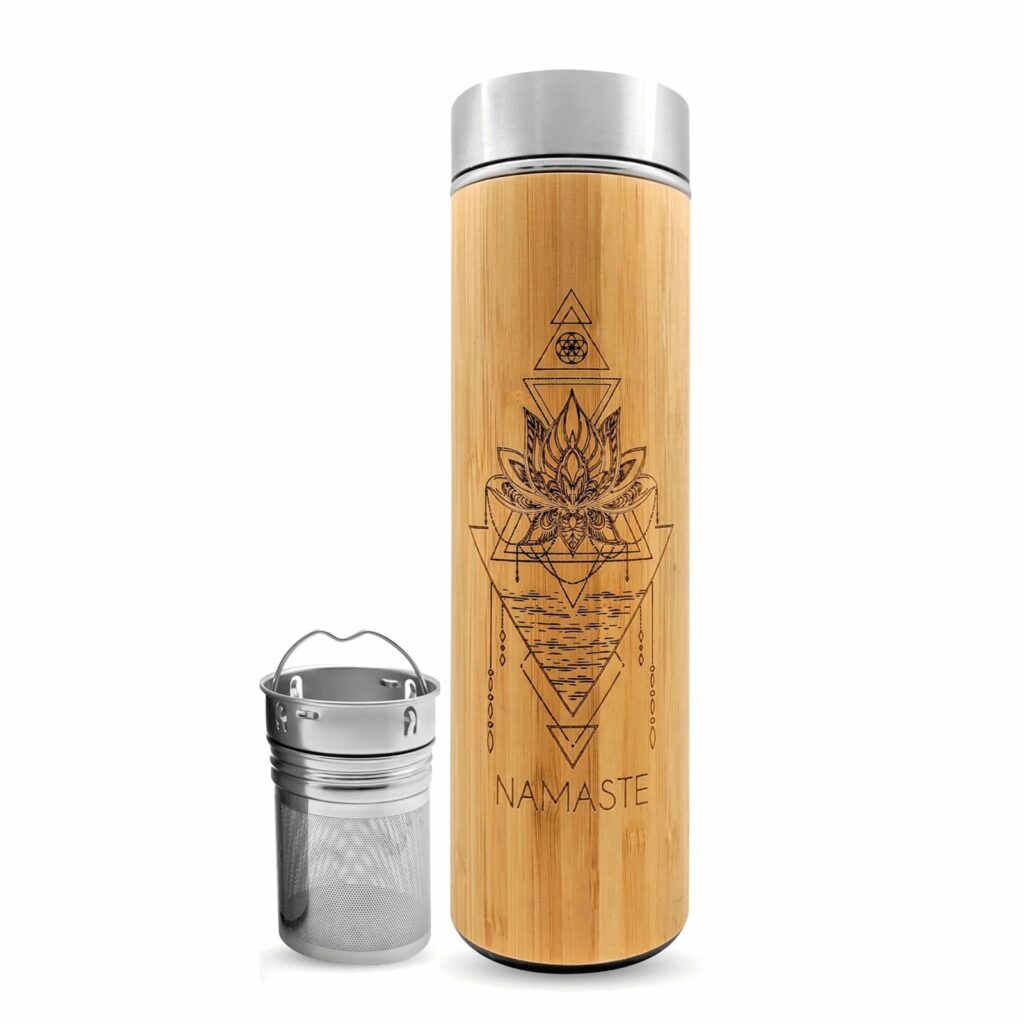
- Since plastic contributes to the toxic waste production, we may resort to more eco-friendly products like bamboo bottles.
- Plastic drinking water bottles are not very safe, considering plastic is itself a toxic product. Toxic metals such as lead and cadmium can be found in plastic and glass bottles. Toxic materials accumulate within your body after consuming water or other liquids in them, potentially causing long-term damage.
- Bamboo Bottles are an eco-friendly and non-toxic alternative for plastic bottles and it strives to combat the plastic crisis and lessen our reliance on plastic in our daily lives.
- Besides, Bamboo water is said to contain antibacterial qualities that protect you from germs and boost your immune system.
2. Biodegradable Sanitary Napkins

- In 2020, the worldwide biodegradable sanitary napkin market was expected to be worth $1,240 million. According to IMARC Group, the market would expand at a CAGR of 22.8 percent between 2021 and 2026.
- On menstrual days, all that is required is comfort and plain relaxation. And because many people aren’t used to using period items like a menstrual cup or a tampon, they resort to the most popular option, a sanitary napkin.
- Sanitary napkins, or pads as they are commonly known, are not biodegradable. Many organisations are developing biodegradable sanitary napkins.
- Sparkle is one such example. Sparkle is an Indian company that sells biodegradable sanitary napkins that are filled with bamboo and banana fibres, making them both healthy and pleasant. These goods are not only environmentally beneficial, but they also help to reduce trash.
3. Organic Shampoo & Conditioner Bars
- PURC Organics is a brand that offers an alternative to non-green items, such as plastic for packaging. The shampoo and conditioner bars from PURC Organic are organic and naturally enhanced, so you won’t have to worry about harmful chemicals.
- In terms of sustainability, bar shampoos and conditioners are some of the best options available. In addition, these solid formulas, like waterless products, do not require preservatives and are typically packaged in paper or cardboard instead of plastic, making them much more environmentally friendly.
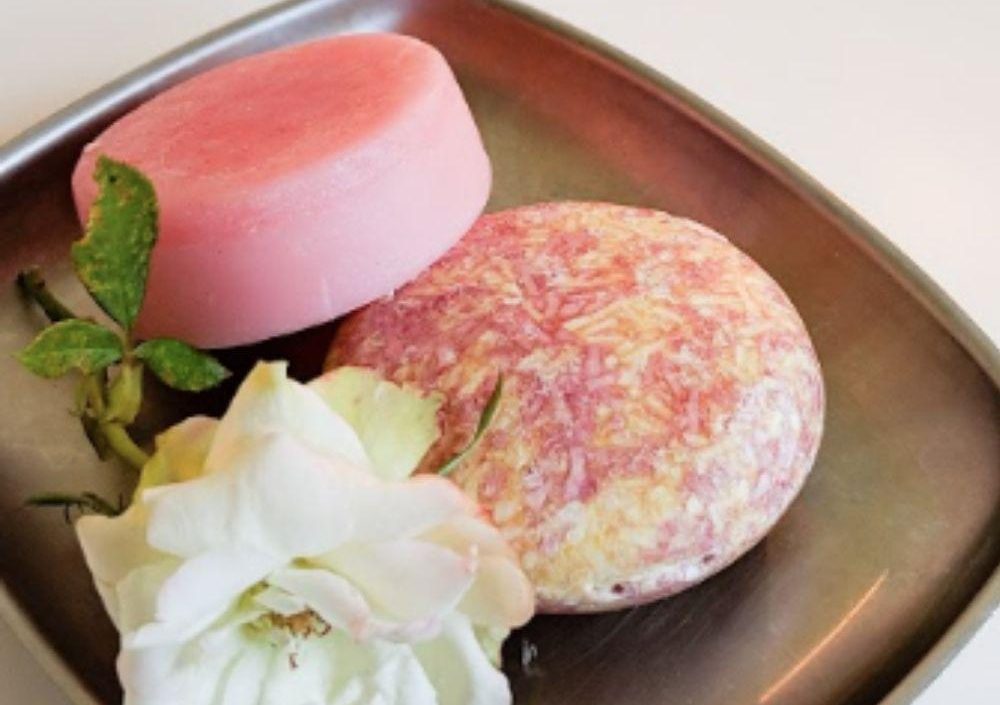
4. Cloth & Jute bags
- Every year, around 500 billIon plastic bags are used globally. So numerous that over one million bags are being produced every minute, wreaking havoc on our environment.
- Because polybags are petroleum-based and non-biodegradable, and producing paper bags necessitates a huge amount of wood, it is preferable to use jute and cloth bags,
- which are created from renewable natural fibres.
- Say goodbye to plastic bags and welcome to eco-friendly, reusable cloth and jute bags. These bags are linked with longevity and are well worth purchasing since they come in a variety of forms, sizes, and colours that are suitable for everyone. They are environmentally friendly and hence an excellent choice.

Future Of Sustainability
Sustainability in commercial enterprises will go from a luxury to a need during the next five years. Examining your product and its performance today will allow you to stay ahead of the competition.
Of course, ensuring that items are made utilising green technology and methods to generate a low-emitting product is also vital, but we feel these two traits go hand in hand.
Choose life, choose sustainability and pave a way for a better future.

